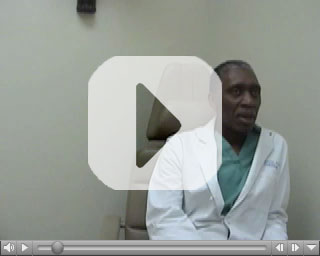The Bakke Case (1955-1980, Section 14)
The increasing admission of African-American students to the nation’s medical schools helped to alleviate some of this mistrust. Studies by the Association of American Medical Schools revealed that African-American, Hispanic and Native American physicians were significantly more likely to establish their practices within underserved and poor communities than their white counterparts. Nonetheless, an application by the Howard University College of Medicine for federal assistance in 1974 noted that less then 2 percent of the nation’s licensed physicians in the United States were African American although African Americans made up 11 percent of the country’s population.
Recognizing these facts and in an effort to expand the diversity of their student bodies, the nation’s medical schools had established new admission policies in the late 1960s and 1970s to increase minority participation. However, the number “of medical school places was outstripped by the growth in the number of applicants” of all races in the 1970s. 1
In 1976, Allen Bakke, a white man, sued the regents University of California at Davis for denying him admission to medical school. He argued that the school, which admitted African-American students with lower test scores, had discriminated against him because he was white and thus violated his rights under the equal protection clause of the Fourteenth Amendment. In 1978, the U.S. Supreme Court issued a divided opinion in The Board of Regents of the University of California v. Bakke. The Court held that quotas were unconstitutional because they insulated minorities from competition, but a 5-4 majority of the justices also concluded that race could be one, buy only one of numerous factors in an admissions policy. Moreover, nothing precluded schools from the active recruitment of minority students. The decision still allowed schools “to adopt affirmative action programs for minorities.” 2 The Court subsequently reaffirmed the appropriateness of affirmative action admissions programs in Grutter v. Bolinger (2003), a case involving the University of Michigan Law School.
For some whites who resisted the entry of large numbers of African-Americans in medicine and other professions, the Bakke case seemed to reinforce their unjustified conclusions about African-Americans’ competitiveness in medical school. For many African-Americans, particularly physicians who provided high-quality and much-needed care in their communities, the Bakke case reinforced their belief that no matter what success they enjoyed, they needed to do twice as much work to be recognized by their white peers. They continued to face obstacles even as they eagerly participated in the advances of medicine in the post-World War II era.
Citations
- Albert P. Williams, Wendy D. Cooper, and Carolyn L. Lee, Factors Affecting Medical School Admission Decisions for Minority and Majority Applicants: A Comparative Study of Ten Schools (Prepared for the Health Resources Administration, U.S. Department of Health, Education, and Welfare, 1979).
- Anthony Lewis, “A Solomonic Decision,” The New York Times, 29 June 1978.


